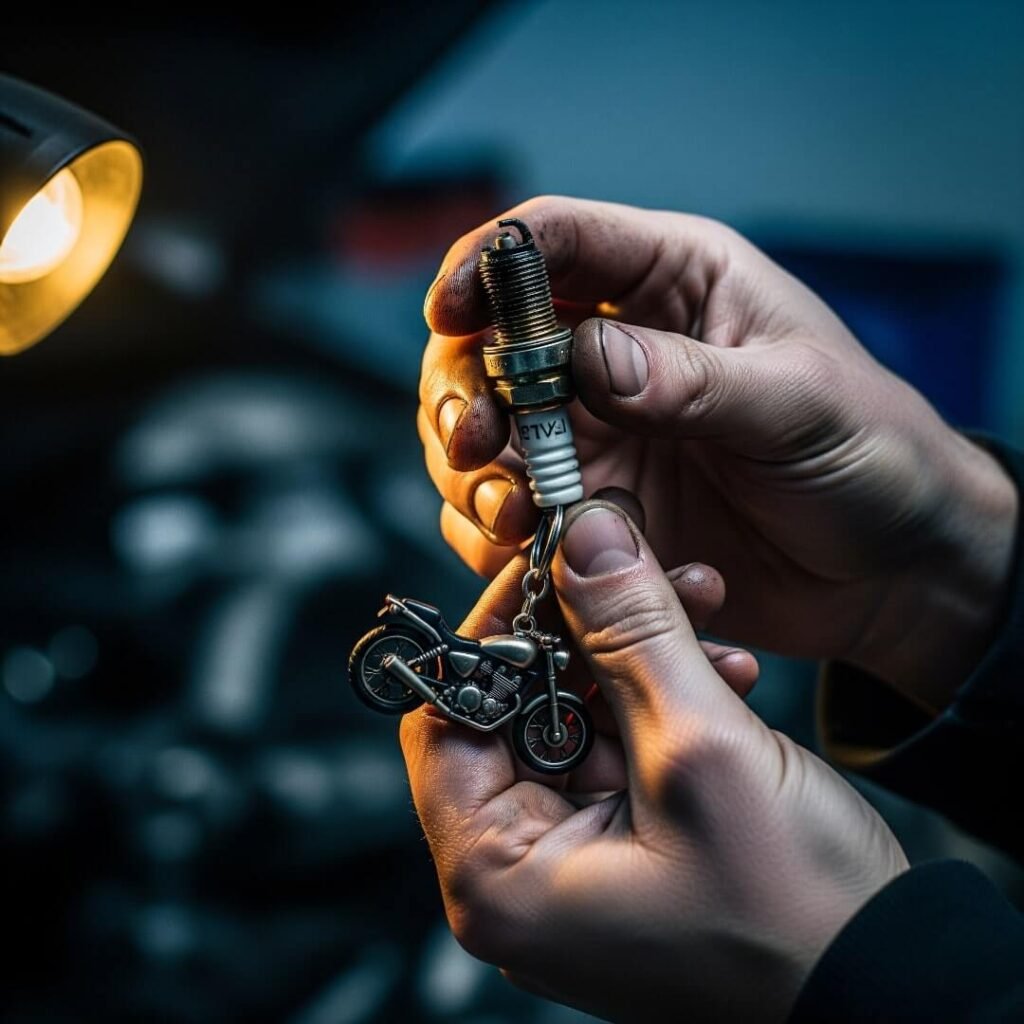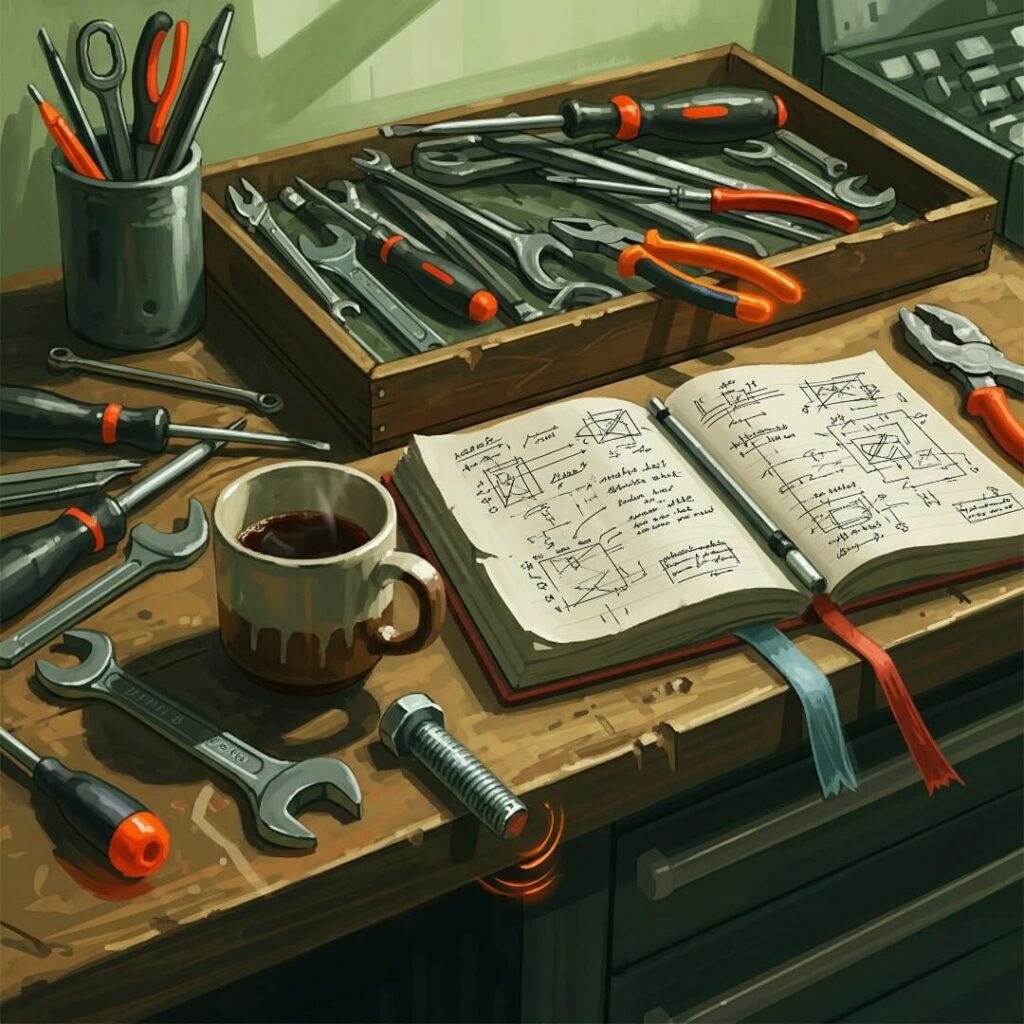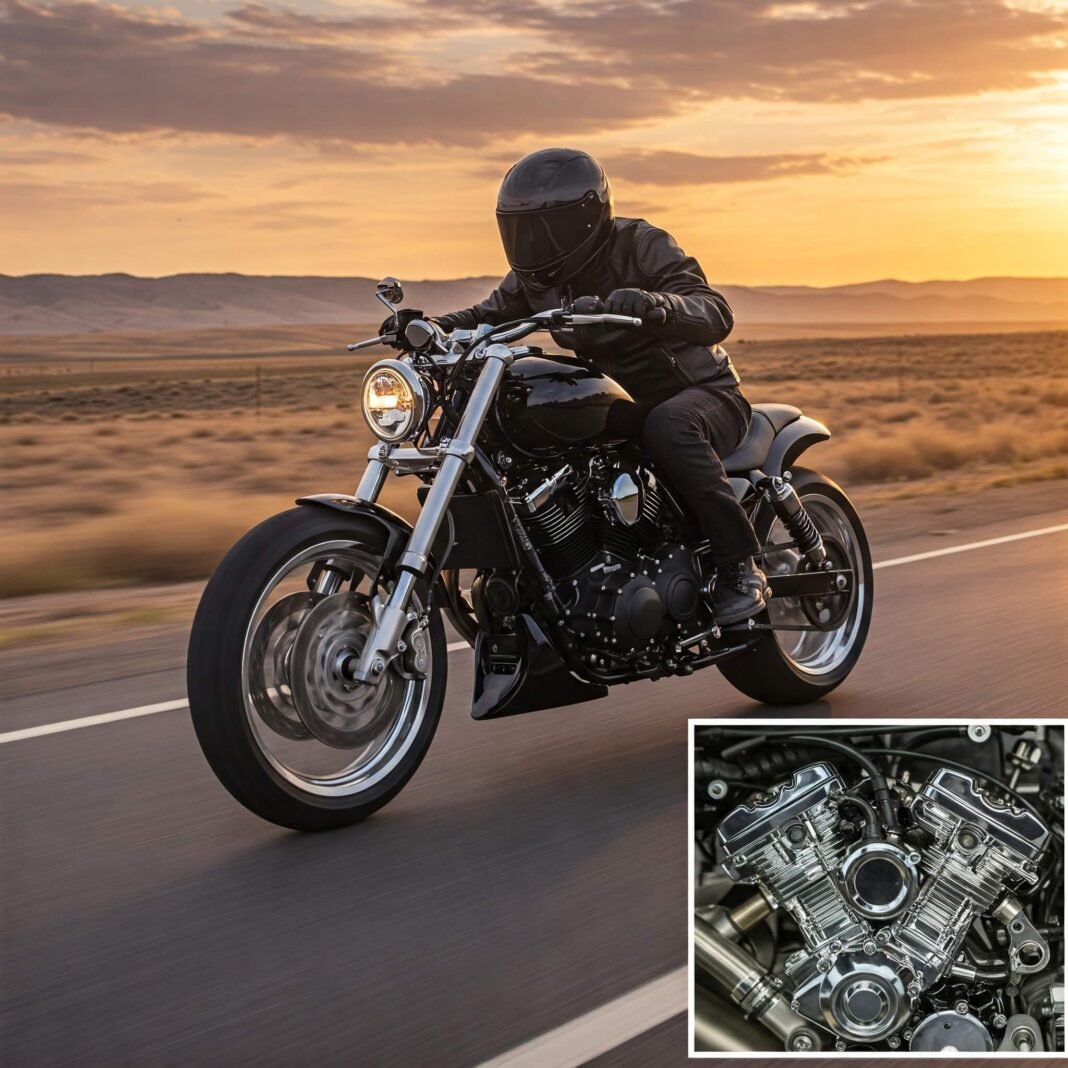How to Tune Your Motorcycle’s Engine: A Beginner’s Guide
Motorcycle engine tuning is my latest obsession, okay, and I’m writing this from a sweaty garage in India, where it smells like wet pavement and burnt oil. I’m no gearhead—let’s be real, I’m just an American dude who loves his bike and keeps screwing it up. Like, last night, I was wrist-deep in my beat-up Suzuki’s carb, swearing when I dropped a screw into a pile of random junk on the floor. That’s the chaos I’m bringing to this guide: real, sloppy, and a little embarrassing. If you’re new to tuning your motorcycle engine, I’m spilling my guts—warts and all—on how to make your bike sing. Or at least, y’know, not die in the middle of a busy street.
Why Even Mess with Motorcycle Engine Tuning? Tune Motorcycle Engine
Tuning your motorcycle’s engine is like giving it a new lease on life. I mean, it’s not just about sounding cool—though, dude, a well-tuned bike does growl nice. It’s about power, smoothness, and not burning through gas like it’s free. I was riding through Delhi’s insane traffic last week, and my bike was coughing like it had the flu. I knew I had to figure out this engine tuning thing. Spoiler: it’s worth it, even if you fumble like I did.
What’s the Point of Tuning Your Bike’s Engine? Tune Motorcycle Engine
- More Power: A tuned engine gives you that extra kick to zip past dawdling auto-rickshaws.
- Better Gas Mileage: My bank account’s thanking me since I stopped guzzling fuel.
- Smoother Vibes: No more stalling in front of a crowd at a chai stall. Been there, not fun.
Real talk? My first attempt at tuning was a disaster. I pushed my bike two miles home under the judgy eyes of street dogs. Don’t be me—let’s get into it.
Getting Ready for Motorcycle Engine Tuning: Tools and Stuff
You gotta have the right gear before you start wrenching. I learned this the hard way when I tried tuning with a bent screwdriver I found in a drawer. Yeah, big mistake. Here’s what you need, based on my dumb slip-ups:
- Basic Tools: Screwdrivers, a wrench set, maybe a socket kit. I grabbed a cheap set from a market in Jaipur, and it’s… okay, mostly.
- Spark Plug Socket: Trust me, you don’t wanna drop a plug into your engine. I did. It sucked.
- Carb Cleaner: My carb was nastier than a monsoon drain.
- Your Bike’s Manual: I snagged a PDF from Haynes Manuals, and it’s basically my bible now.

Set up on a flat spot—I’m in a garage that smells like damp concrete and the neighbor’s curry. Make sure your bike’s cold; I burned my hand on a hot pipe once, and yeah, I cried a little. Disconnect the battery to avoid zapping yourself, and check your fuel. Safety’s boring but, like, don’t end up in a hospital like I almost did. Tune Motorcycle Engine
Step 1: Spark Plugs and Motorcycle Engine Tuning Tune Motorcycle Engine
Spark plugs are like the heartbeat of your engine, and mine were straight-up gross when I checked ‘em. I popped the cover off my Suzuki and found plugs that looked like they’d been dunked in mud. Here’s how to do it right (unlike me):
- Find the Plugs: Check your manual. Mine were under the tank, which I yanked off with way too much cursing.
- Pull ‘Em Out: Use a spark plug socket. If they’re black or gunky, they’re toast. Mine were, and I felt like a total noob.
- Get New Ones: I went with NGK plugs from CycleGear. Gap ‘em right—your manual’s got the specs.
- Put ‘Em Back: Tighten gently. I cross-threaded one once, and my bike sounded like a broken blender.
I legit thought I could skip this step once. Big nope. My engine misfired so bad I thought it was possessed.
Step 2: Air Filter—Don’t Screw Up Your Engine Tuning Like I Did
Your engine needs air like you need coffee, and a dirty filter is a total buzzkill. I ignored mine for way too long, and my bike was wheezing worse than me after a spicy dosa. Here’s the deal:
- Find the Filter: Usually under the seat or near the carb. My manual saved me here.
- Check It Out: If it’s caked in dirt, clean it or replace it. I tried cleaning mine with a can of compressed air, but it was too gross, so I ordered a new one from RevZilla.
- Put It Back Right: A loose filter’s bad news. I learned that when my engine started choking again.

I skipped this step once, thinking it wasn’t a big deal. My bike hated me for it. Don’t be that guy.
Step 3: Carburetor Tweaks for Motorcycle Engine Tuning Tune Motorcycle Engine
Carbs are, like, the divas of engine tuning. Mine was so off my bike idled like it was throwing a tantrum. I was sweating like crazy in my garage, the air thick with petrol fumes and the sound of a neighbor’s radio blaring Bollywood hits, when I tackled this.
- Locate the Screws: Idle and air-fuel mix screws are your targets. My manual pointed me to ‘em.
- Set a Baseline: Turn ‘em gently ‘til they stop, then back out a couple turns—check your manual.
- Test and Fiddle: Start the bike, let it warm up, and tweak ‘til it hums. I spent an hour on this and still stalled in a test ride.
I watched a vid from MotorcycleMD that helped, but I still messed up and had to restart. Total rookie vibes.
Step 4: Valve Clearance—Don’t Skip This for Engine Tuning
Valves are like your engine’s lungs, and if they’re off, your bike’s gonna struggle. I ignored this once, and my engine started knocking like an angry neighbor. Here’s my shaky advice:
- Grab a Feeler Gauge: Got mine cheap locally. Your manual’s got the specs you need.
- Get to the Valves: Might need to pull the tank. It’s a hassle, but suck it up.
- Adjust Carefully: Tweak the screws with a wrench. I overtightened once and had to redo it, swearing the whole time.

This step’s scary, but BikeBandit has decent guides if you’re stuck. I felt like a rockstar when I got it right, even if my hands were shaking.
My Biggest Motorcycle Engine Tuning Fails (Learn from ‘Em)
I’ve screwed up so much, it’s almost funny. Almost. Here’s what not to do, straight from my dumb mistakes:
- Ditching the Manual: Thought I could freestyle it. Nope. Bike died in a market.
- Tightening Like a Maniac: Stripped screws are my enemy. Get a torque wrench.
- Skipping Steps: Ignored my air filter, and my engine threw a fit.
- Not Testing: I didn’t test ride once and stalled in front of a crowd. Mortifying.
Wrapping Up My Motorcycle Engine Tuning Saga
So, here I am, in this humid garage in India, surrounded by tools and the faint whiff of petrol, feeling like I’ve halfway conquered this tuning thing. Motorcycle engine tuning is a pain, but when your bike roars to life smoother than ever, it’s like, whoa, I did that? I’m still dropping screws, still swearing when I mess up, still learning. That’s the deal, right? Keep tweaking, keep riding, and maybe don’t try tuning after chugging too much chai like I did last night.





